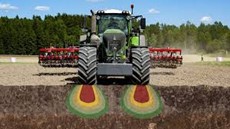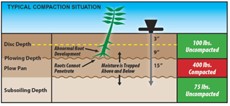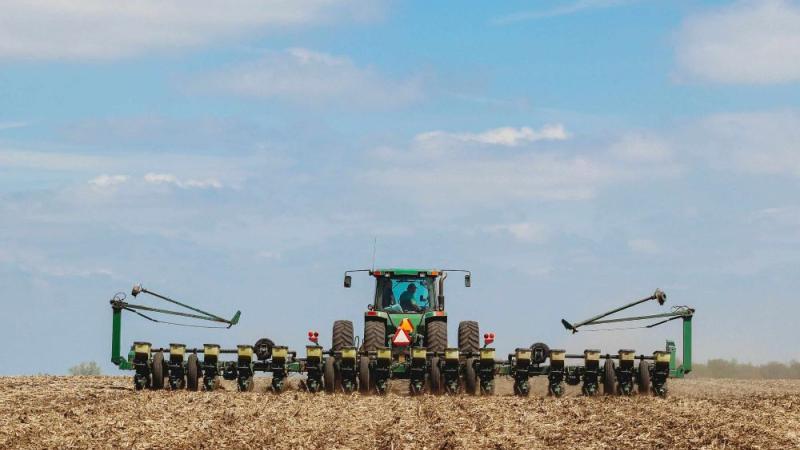Compaction: Will winter freezing and thawing remove compaction layers?
Every spring there is a debate on whether or not soil compaction layers can be removed from the freezing and thawing cycles during the winter months. The short answer is probably not. To understand this answer, we must first understand how and why soil compacts.
For a soil to have the ability to compact it needs three key elements: soil, water, and pore space. Force is required to cause the compaction. Soil moisture is a critical part of compaction. If soil is saturated it is very difficult to compact because the pores are filled with water and can’t move together. If soil is dry, it is very difficult to compact because the friction between the particles will not allow the particles to move and can maintain pore space. Water works as a lubricate and lessens the friction between the particles and allows the pore space to collapse under weight.
For maximum compaction, it takes about 33# of water for every cubic foot of soil OR an optimum water content of about 16.5% depending on soil type. There is an old saying that most compaction occurs when force is applied as the soil dries. If you think about it, this makes sense because we are all trying to get out to the field as soon as possible and maybe even a little too quickly. We are applying force to the soil from our equipment every pass we make and cause compaction at the optimal levels of water content.

Water will expand and contract in the pore space during the freeze and thaw events during the winter and reset soil density BUT does a poor job breaking up compaction layers. Compaction layers will have collapsed pore spaces which don’t have the ability to take up water to freeze and thaw. The compaction layer creates a barrier and will limit the ability for water to penetrate through the layer (figure 2). The freeze and thaw event will cause the water above the compaction layer to expand at a much higher rate then compared to the area in and below the compaction layer because of the reduced water content. Dry soil wont freeze and expand.

Compaction layers are very difficult to breakup during the winter from freezing and thawing because the lack of water in and below these layers. The best way to manage and avoid making compaction layers is to be patient and stay off the field until fit. You can use the soil ball method for an idea of field water content: take soil from 3-6”, form a ball and drop in onto a hard surface; if it doesn’t break or crack from the drop it is too wet and stay off the field. You may not be able to rely on mother nature to breakup compaction from winter freeze and thaw depending how severe and deep it is, so you may need to rely on deep tillage.

